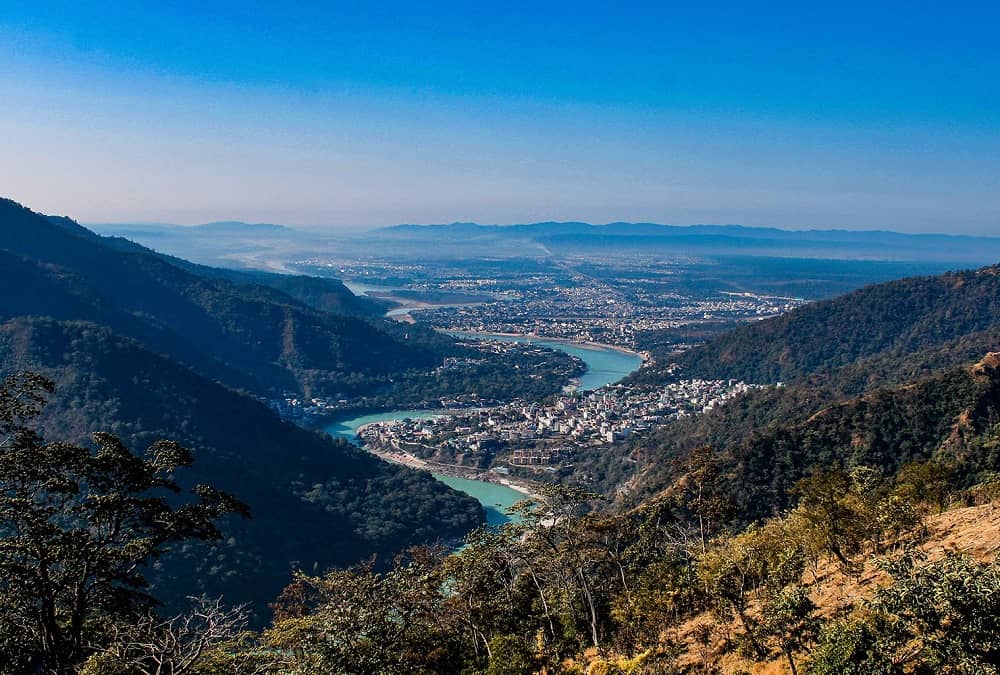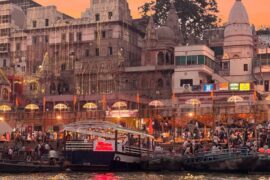In different regions of India, a variety of classical dance forms have evolved, each with its unique nuances. However, all these dance styles are governed by the fundamental principles outlined in the Natya Shastra. Central to these traditions is the concept that only a guru, or teacher, can effectively impart knowledge.
Guru Shishya Parampara
The Guru Shishya Parampara is the teacher-student tradition in Indian religion and culture. In Sanskrit, “Shishya” means “Student” and “Parampara” means “an uninterrupted succession.” This tradition involves passing knowledge from one generation of teachers (gurus) to their students through oral teachings.
Currently, there are eight recognized classical dance styles in India, according to the Sangeet Natak Akademi.
A list of 8 Classical Dance forms in India
What are the 8 classical dance forms of India ? 8 classical dances of India with states
| Classical Dance Form |
State of Origin |
| Bharatanatyam |
Tamil Nadu |
| Kathak |
Uttar Pradesh |
| Kathakali |
Kerala |
| Odissi |
Odisha |
| Manipuri |
Manipur |
| Kuchipudi |
Andhra Pradesh |
| Mohiniyattam |
Kerala |
| Sattriya |
Assam |
Rasas of Indian Classical Dance
The Rasas of Indian Classical Dance are;
| Rasas/Emotions |
Attributes |
| Shringara |
Love |
| Roudra |
Anger |
| Bibhatsa |
Disgust |
| Veera |
Heroism |
| Shaant |
Peace and Tranquility |
| Haasya |
Laughter and Comedy |
| Karuna |
Tragedy |
| Bhayanak |
Horror |
| Adbhuta |
Wonder |
History & Evolution of Classical Dance forms in India
The history and evolution of classical dances in India trace back to ancient times, rooted in spiritual and cultural traditions. According to Bharata’s Natya Shastra, Lord Brahma amalgamated elements from the four Vedas to create the fifth Veda. It is known as Natya Veda, in response to the Gods’ request for a form of entertainment.
The Natya Veda
The Natya Veda combines dance, drama, and music, incorporating words from the Rig Veda, gestures from the Yajur Veda, music from the Sam Veda, and emotions from the Atharva Veda. This highlights the profound spiritual significance of dance in Indian culture.
Indian mythology abounds with examples of dance styles and expressions, such as Shiva’s Tandava dance, symbolizing the cycle of creation, preservation, and destruction, and Parvati’s feminine response.
The Harappan dancing girl sculpture and Bhimbetka’s community dancing engravings further underscore dance’s role as social entertainment.
Bharata Muni’s Natyashastra, a seminal work dating between 200 BC and 200 AD, provides comprehensive insights into Indian classical dance.
It details ornaments, stagecraft, costumes, techniques, postures, emotions, and audience engagement, defining dance as the “complete art” that encompasses music, sculpture, poetry, and drama.
8 Classical Dance Forms in India 8 Classical Dance Forms in India 8 Classical Dance Forms in India 8 Classical Dance Forms in India 8 Classical Dance Forms in India 8 Classical Dance Forms in India 8 Classical Dance Forms in India




Comments are closed.